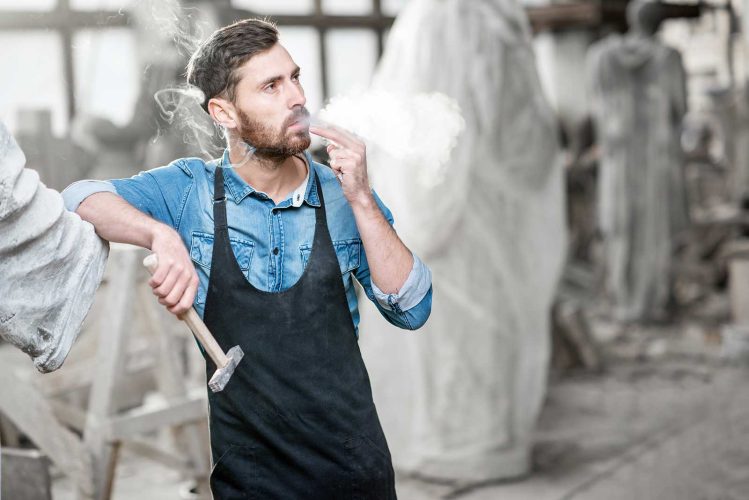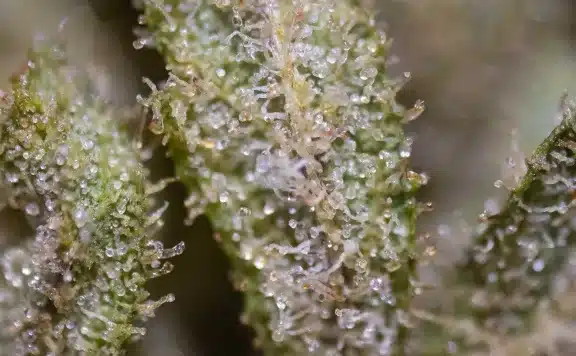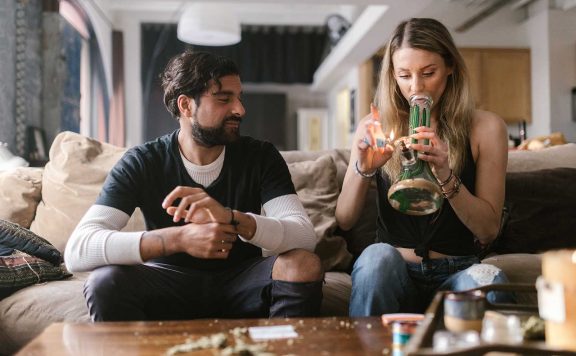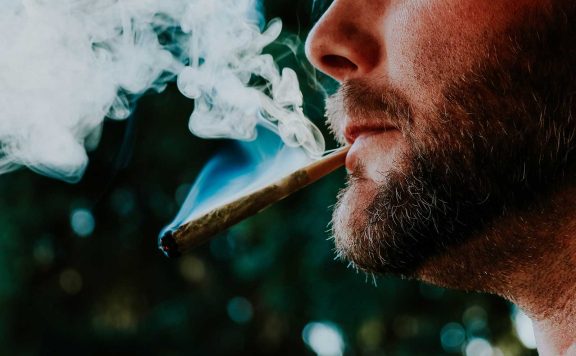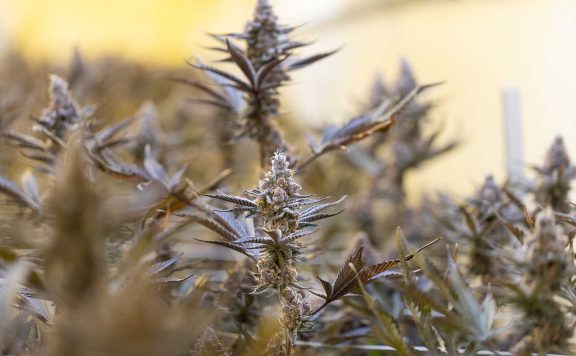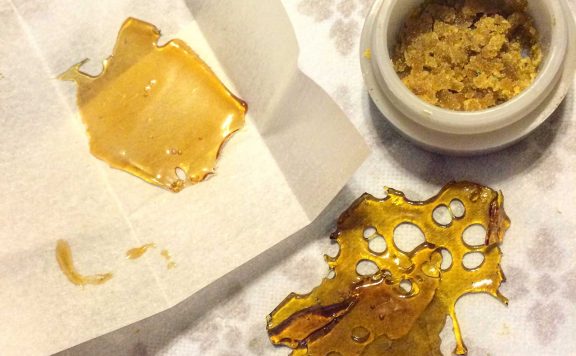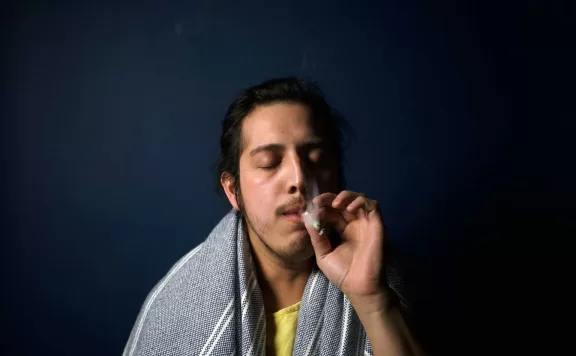The relationship between cannabis and creativity has been a topic of interest for many years, with many people reporting that cannabis can enhance their creative abilities. From musicians to writers and visual artists, many creatives have shared stories of using cannabis to stimulate their imagination and overcome creative blocks.
But Does cannabis improve creativity or is it simply a myth? In this article, we’ll explore the science behind cannabis and creativity, examine the impact of cannabis on the creative process, discuss the potential risks and drawbacks, and offer some tips for using cannabis responsibly in creative endeavors.
Theories on how cannabis may enhance or inhibit creativity
Cannabis can contain a variety of cannabinoids, including delta-9-tetrahydrocannabinol (THC) and cannabidiol (CBD), that interact with the brain’s endocannabinoid system. This system plays a crucial role in regulating a variety of functions in the body, including mood, appetite, and pain sensation.
While the exact mechanisms of how cannabis affects creativity are still unclear, there are several theories about how it might work. One theory is that cannabis may increase the release of dopamine, a neurotransmitter that plays a key role in motivation and reward. This increase in dopamine may stimulate the brain’s reward centers and make it more likely that a person will engage in creative activities.
Another theory is that cannabis may enhance divergent thinking, which is a key component of the creative process. Divergent thinking is the ability to generate many different ideas or solutions to a problem, and it’s often associated with creativity. Some studies have suggested that cannabis use may increase the number of ideas generated during a creative task, although the quality of those ideas may be lower.
However, the evidence for these theories is mixed. Some studies have found a positive correlation between cannabis use and creative output, while others have found no significant relationship. Additionally, some studies have suggested that cannabis use may impair certain aspects of creativity, such as the ability to focus or to think critically.
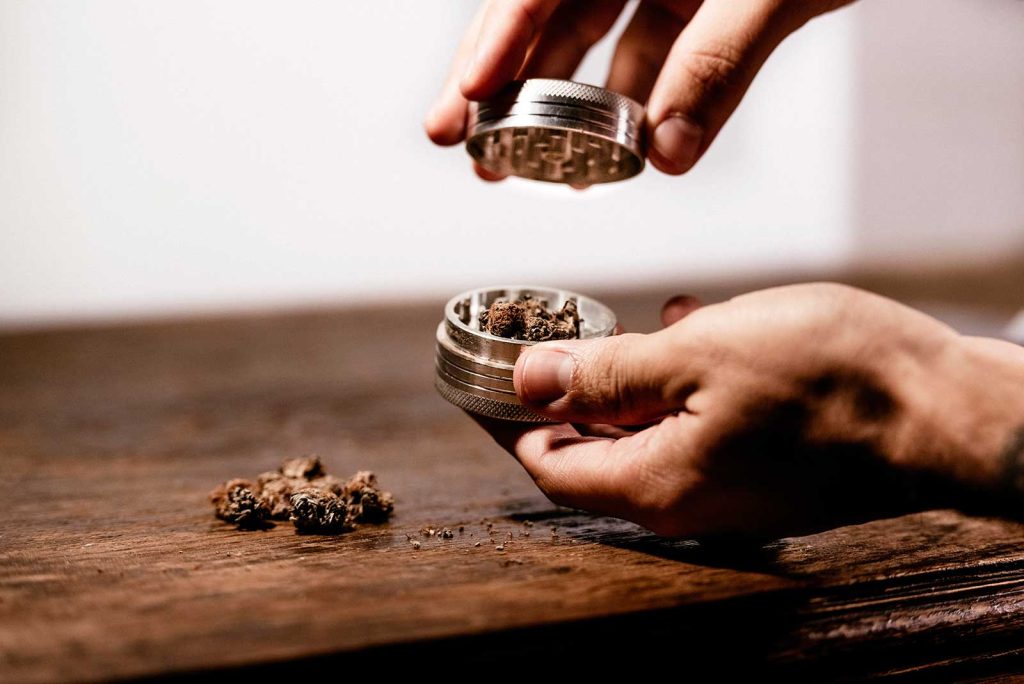
The role of cannabis in the creative process
Many famous artists, musicians, and writers have attributed their creative successes to cannabis use. For example, the musician Louis Armstrong was known to use cannabis to help him relax and play more creatively, while the writer Hunter S. Thompson claimed that cannabis helped him break through creative blocks and generate new ideas.
One possible reason that cannabis may enhance the creative process is that it can help reduce anxiety and inhibitions. This can allow people to be more open to new ideas and take risks that they might not otherwise take. Additionally, cannabis can help people get into a state of “flow,” which is a mental state of intense focus and concentration that is often associated with creativity.
However, there are also potential drawbacks to using cannabis to enhance creativity. For one, cannabis can impair certain cognitive functions, such as memory and attention, which could make it more difficult to stay focused on a creative task. Additionally, some people may find that cannabis makes them too relaxed or distractible to engage in creative work.
Furthermore, cannabis can have different effects on different people, and the same strain or dosage of cannabis that inspires creativity in one person might not have the same effect on another. It’s also worth noting that cannabis use can have negative health effects and can be addictive for some people.
In light of these potential drawbacks, it’s important to approach cannabis use for creative purposes with caution and to be mindful of the potential risks and benefits.
Best practices for responsible cannabis use in creative endeavors
- Start low and go slow. When trying cannabis for the first time or trying a new strain or method of consumption, it’s important to start with a low dose and increase gradually. This can help you avoid overconsumption and its associated negative effects.
- Choose the right strain. Different strains for creativity can produce different effects on the brain. Some may be more energizing and uplifting, while others may be more relaxing or sedative. Research different strains and their effects to find the one that works best for you.
- Stay hydrated and well-nourished. Cannabis can cause dry mouth and affect appetite, so it’s important to stay hydrated and well-nourished while using it. This can help you avoid dehydration and other negative effects.
- Create a supportive environment. The environment in which you use cannabis can have a big impact on your experience. Choose a safe, supportive environment where you feel comfortable and relaxed, and where you won’t be distracted or disturbed.
- Take breaks and assess your progress. It’s important to take breaks and assess your progress while using cannabis for creative purposes. Check in with yourself regularly to see how the cannabis is affecting your creativity and overall well-being, and make adjustments as needed.
- Be mindful of potential risks and drawbacks. While cannabis can be a useful tool for enhancing creativity, it can also have potential risks and drawbacks, such as cognitive impairment and addiction. Be mindful of these risks and take steps to minimize them, such as using cannabis in moderation and seeking help if you develop problematic use.
References and further reading
- Fink, A., Koschutnig, K., Hron, F., & Ebner, F. (2014). Creativity and cannabis: a multi-method approach. Consciousness and cognition, 30, 116-128.
- Kowal, M. A., Hazekamp, A., & Colzato, L. S. (2015). Cannabis, creativity and psychosis: a critical review of the literature. Current psychiatry reports, 17(2), 1-7.
- Nadler, S., Ben-David, S., & Ergas, O. (2020). The relation between cannabis use and creativity among university students. Substance Use & Misuse, 55(13), 2183-2188.
- Stone, J. M., Howes, O. D., & Grace, A. A. (2010). Review Treading the Path from Childhood onto the Slippery Slope of Psychosis: Cannabis and Psychosis Precursors. British Journal of Psychiatry, 197(4), 206-208.
- Broyd, S. J., van Hell, H. H., Beale, C., Yücel, M., Solowij, N., & Whittle, S. (2016). Acute and chronic effects of cannabinoids on human cognition—a systematic review. Biological psychiatry, 79(7), 557-567.

